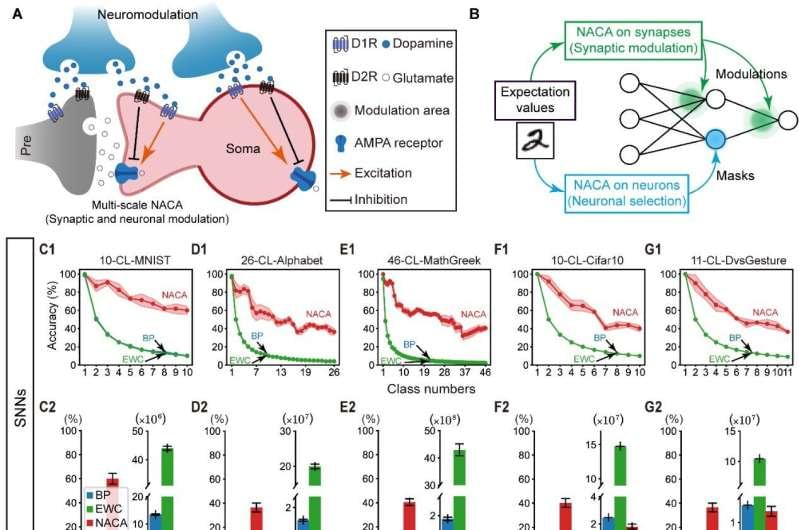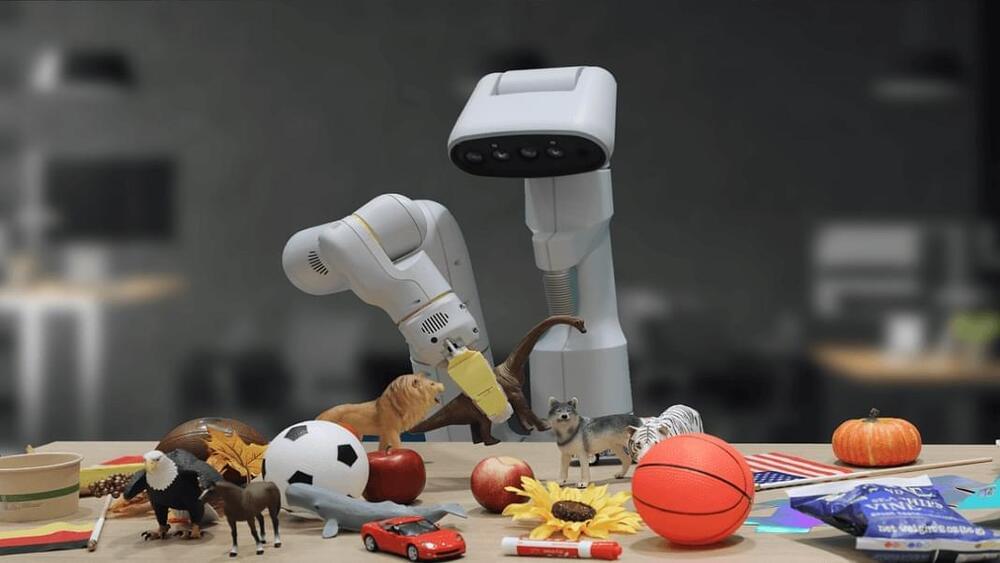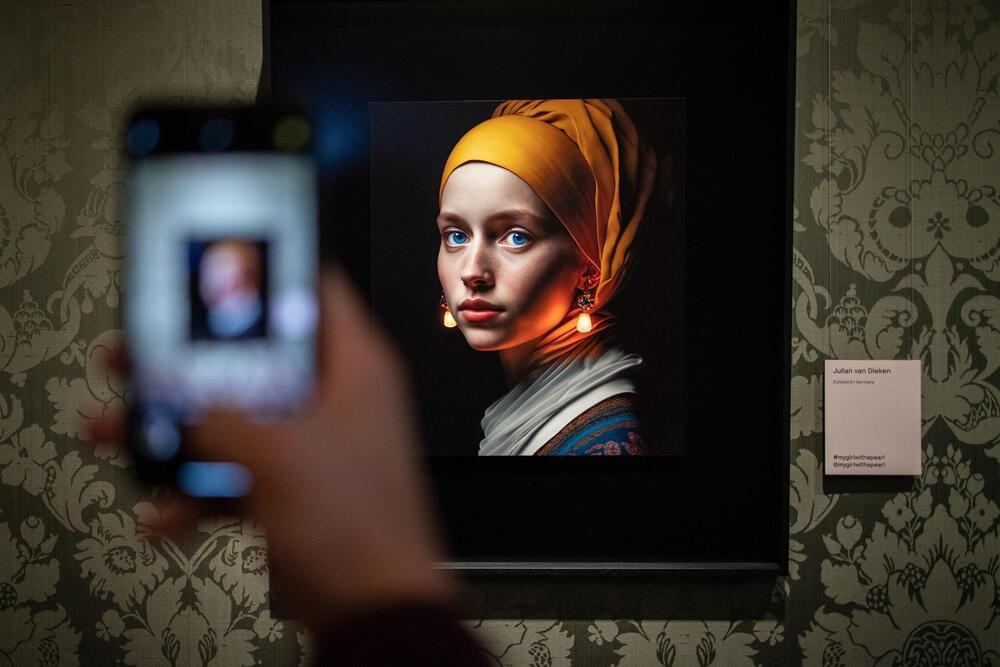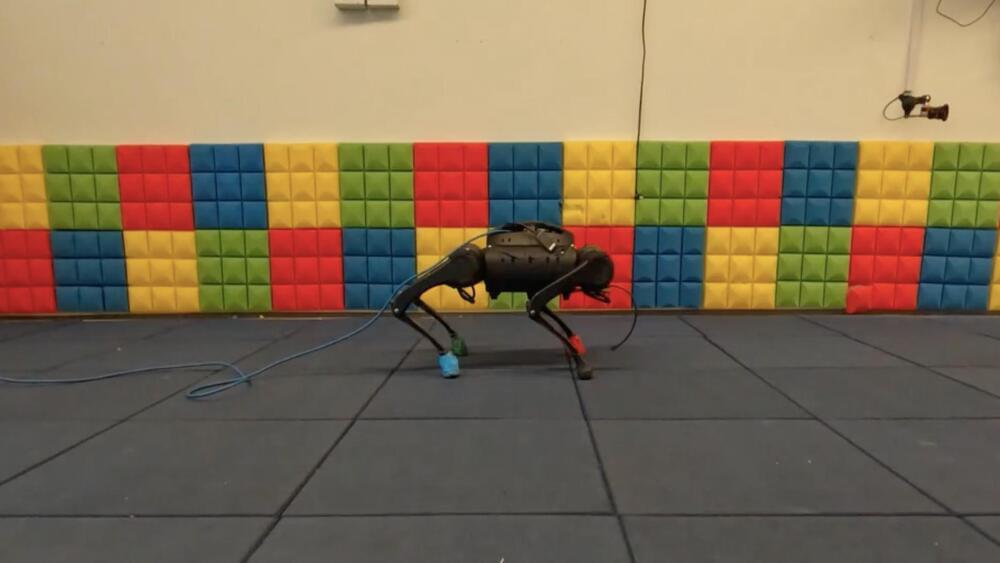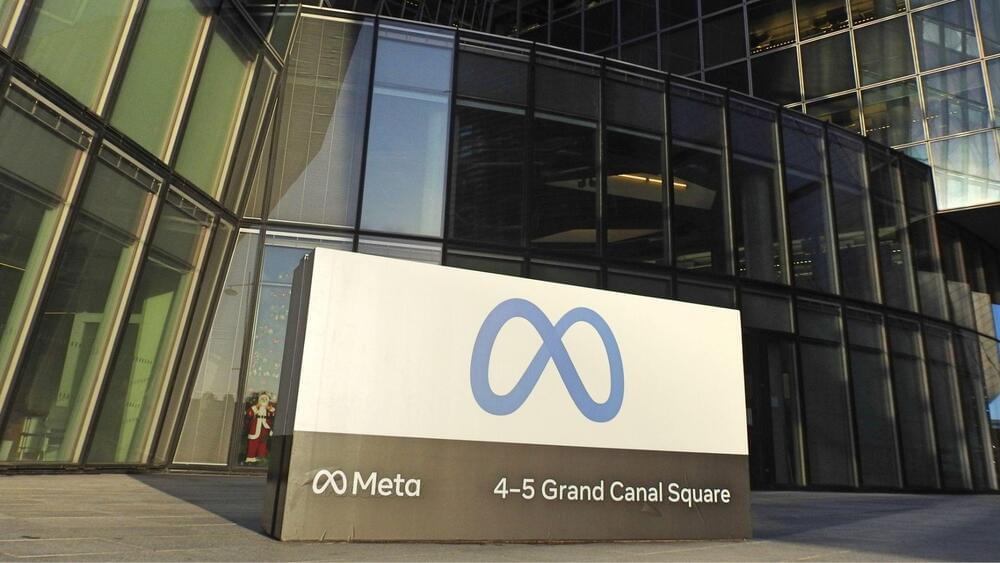Catastrophic forgetting, an innate issue with backpropagation learning algorithms, is a challenging problem in artificial and spiking neural network (ANN and SNN) research.
The brain has somewhat solved this problem using multiscale plasticity. Under global regulation through specific pathways, neuromodulators are dispersed to target brain regions, where both synaptic and neuronal plasticity are modulated by neuromodulators locally. Specifically, neuromodulators modify the capacity and property of neuronal and synaptic plasticity. This modification is known as metaplasticity.
Researchers led by Prof. Xu Bo from the Institute of Automation of the Chinese Academy of Sciences and their collaborators have proposed a novel brain-inspired learning method (NACA) based on neural modulation dependent plasticity, which can help mitigate catastrophic forgetting in ANN and SNN. The study was published in Science Advances on Aug. 25.
